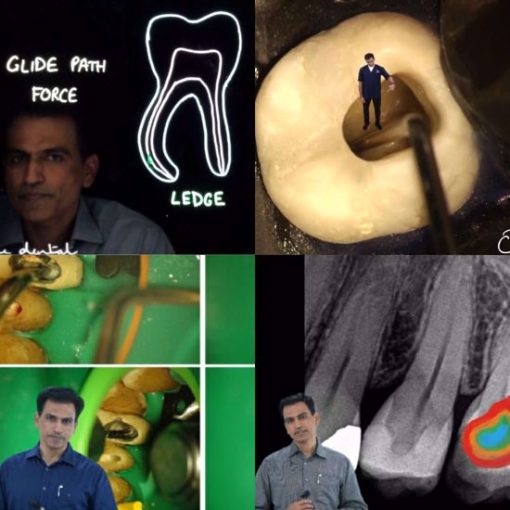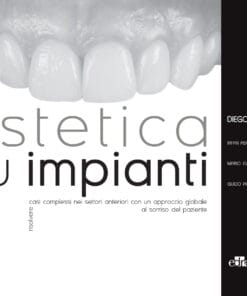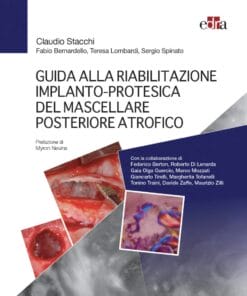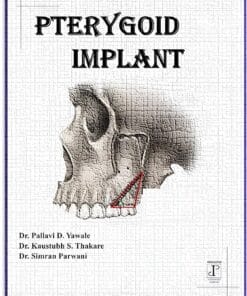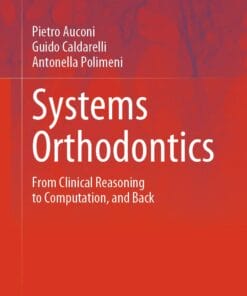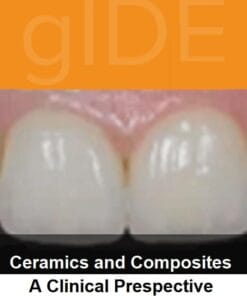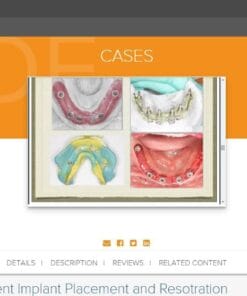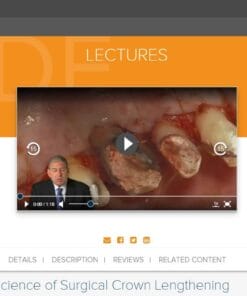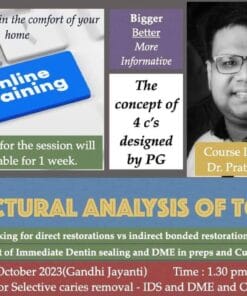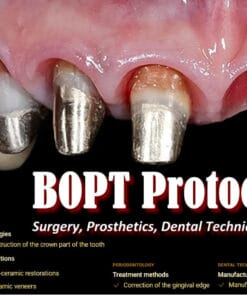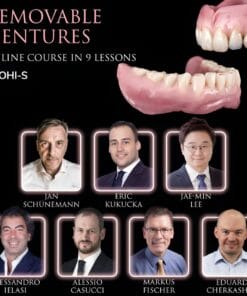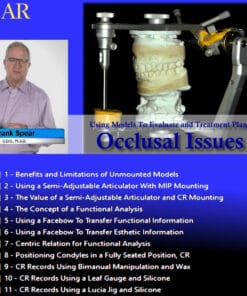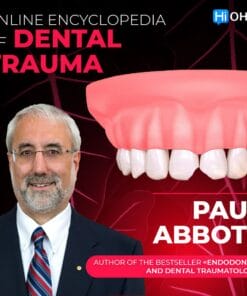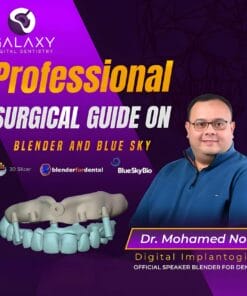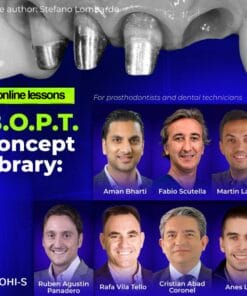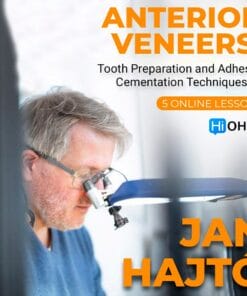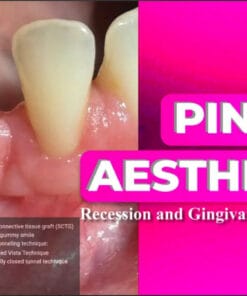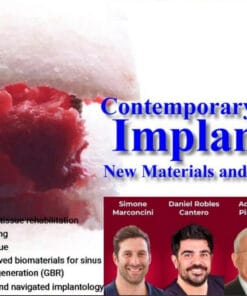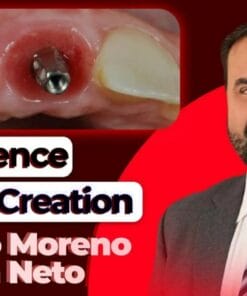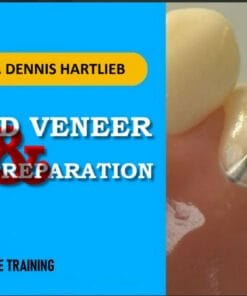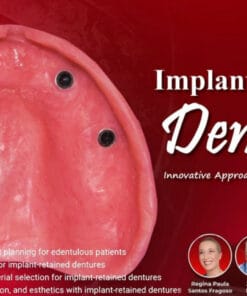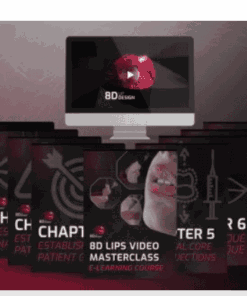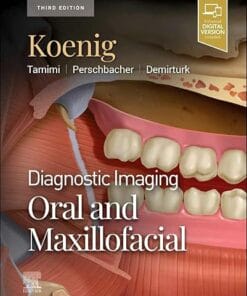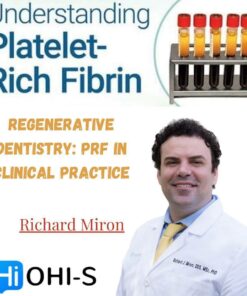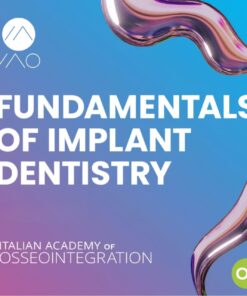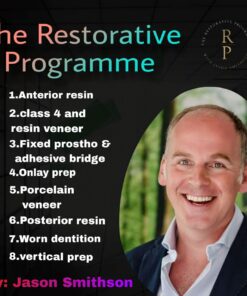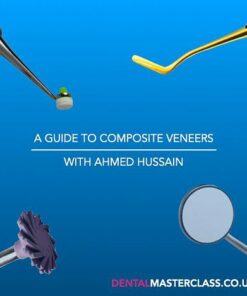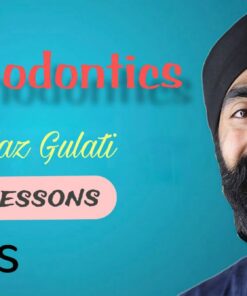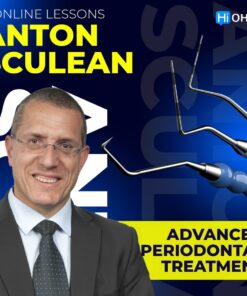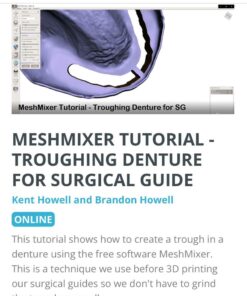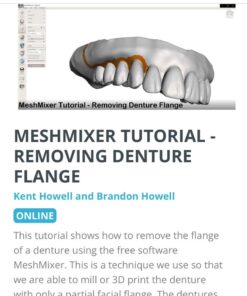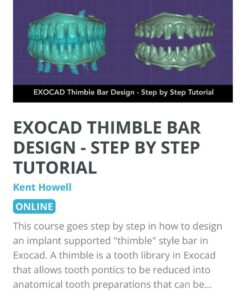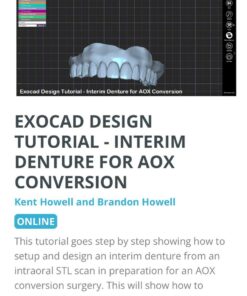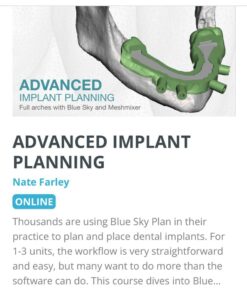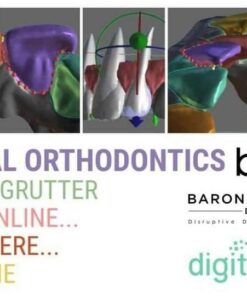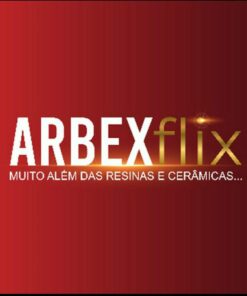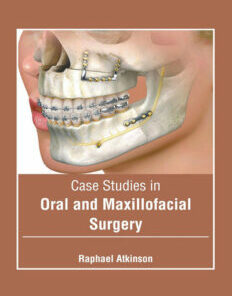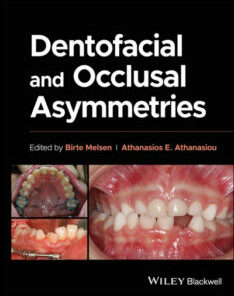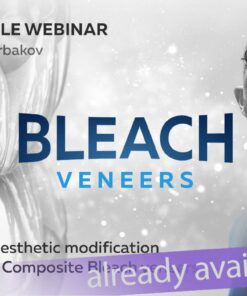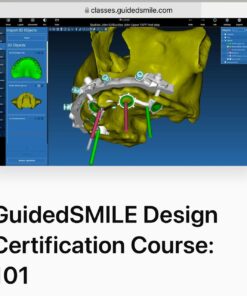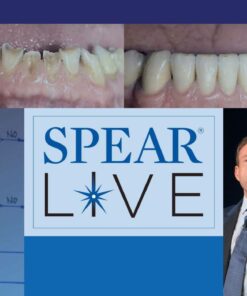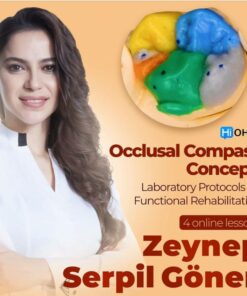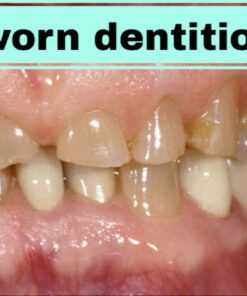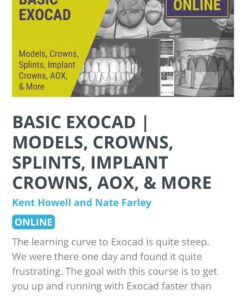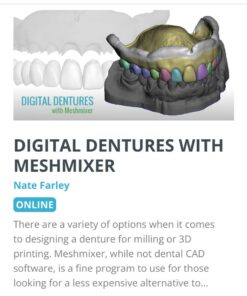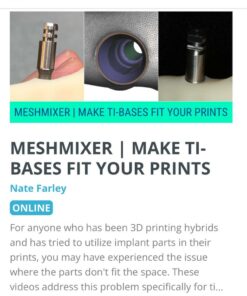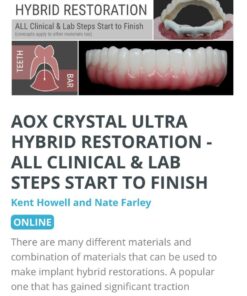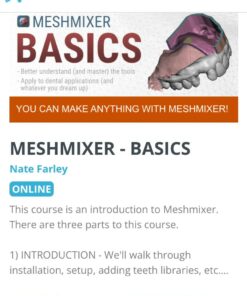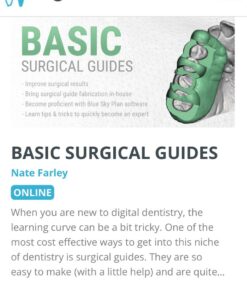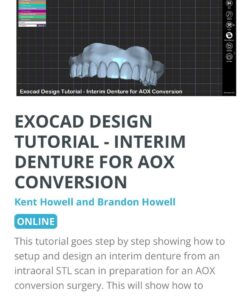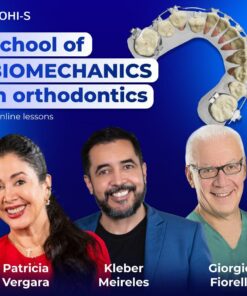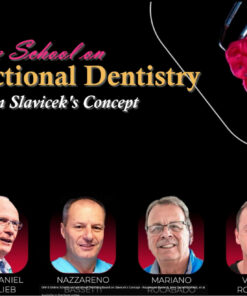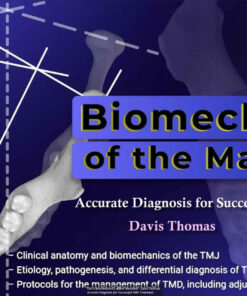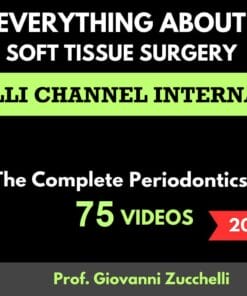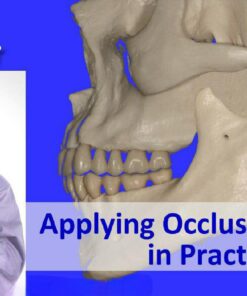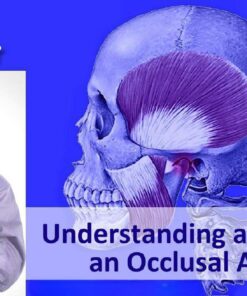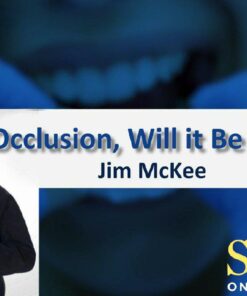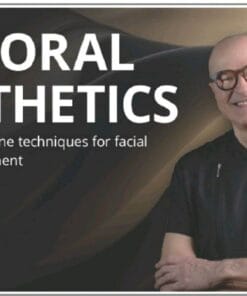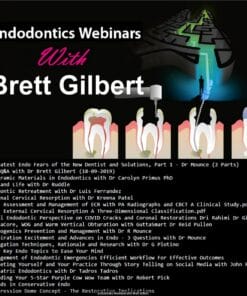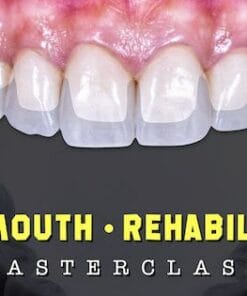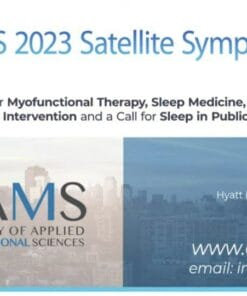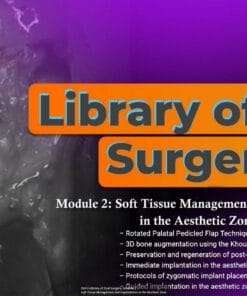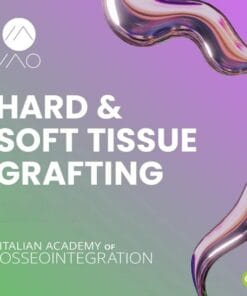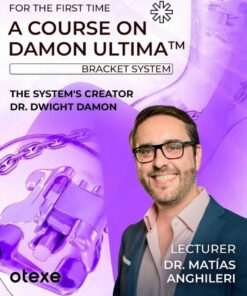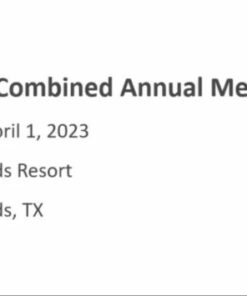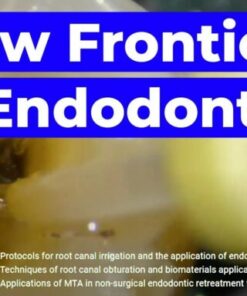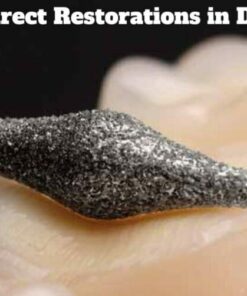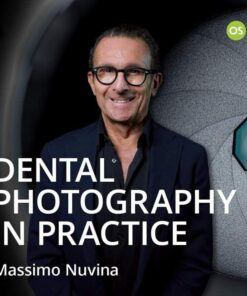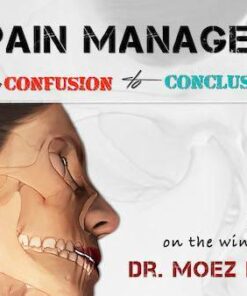Everyday endodontics
Everyday endodontics
1) Dr. Vivek Hegde 2) Dr. Gopi Krishna 3) Dr. Siju Jacob 4) Dr. Guillaume Jouanny 5) Dr. Ajay Logani 6) Dr. Anish Naware 7) Dr. Arvind Shenoy 8) Dr. Reuben Joseph 9) Dr. Jojo Kottoor 10) Dr. Ruchita Roongta 11) Dr. Mandar Pimprikar 12) Dr. Abarajithan Mohan 13) Dr. Deepak Mehta 14) Dr. Roopa Nadig 15) Dr. Srilatha S
4080 (Minutes)
This course is included in the Premium Membership.
Course validity: 90 days
In this course you will learn:
Part 1: Diagnosis and treatment planning
– Etilogy to treatment: Reversible pulpitis
– Etilogy to treatment: Irreversible pulpitis
– Etilogy to treatment: Chronic hyperplastic pulpitis
– Etilogy to treatment: Internal resorption
– Etilogy to treatment: Pulp necrosis
– What are the objectives of a pulp vitality test
– Pulp vitality tests: Where and why
– Cold test: Step by step
– Heat test: Step by step
– Electric pulp test: Step by step
– Am I getting a false positive or negative response from my pulp vitality test
– What does a J-shaped lesion on a radiograph indicate
– Do bulbous roots on a radiograph tell us anything
– 1 tooth, 2 sinus tracts!
– How long should my Endodontic procedure take and how much should I charge the patient
– Is de-occlusion a must before root canal treatment
– Do tooth numbering systems matter in everyday dentistry
– In case of endo-perio lesions, which should we treat first
Part 2: Access opening
– Straight line access vs long axis
– Access opening for anterior teeth
– Access opening for maxillary 1st molars
– Access opening for mandibular 1st molars
– In tooth simulation of access opening for mandibular 2nd molar
– In tooth simulation of an access opening of a mandibular 2nd premolar
– Should we always look for an MB2
– Locating an MB2 canal in difficult cases
Part 3: Hand filing techniques
– Filing simplified
– Push pull motion for hand instrumentation
– Demonstration of watch winding for hand instrumentation
– Watch winding motion simplified
– Reaming simplified
– Circumferential filing simplified
– Balanced force technique: Demonstration
– Balanced force technique simplified
– Envelope of motion simplified
– Patency filing: What it means
Part 4: Cleaning and shaping
– Pre-endodontic build-up
– Various techniques to determine working length
– Why should we pre-curve our files
– The most commonly overlooked fact about root canal treatment
– What is coronal flaring
– The correct way to approach a root canal system
– Understanding length, diameter and taper
– What is a glide path
– Preparing a glide path
– Consequences of not preparing a glide path
– Length Yes. Number Yes. But have you ever thought to measure the thickness of roots
– Management of curvatures in root canals
– Identifying joining canals
– Why does my no. 15 file not go to length
– Electronic apex locators
– EDTA: Viscous type
– EDTA: Aqueous type
– In tooth simulation of cleaning and shaping a mandibular 2nd premolar
– In tooth simulation of cleaning and shaping a mandibular 2nd molar
– Treating apically splitting canals
Part 5: Irrigation protocols and intra-canal medicaments
– Introduction to fluid dynamics
– Introduction to irrigation protocol
– How to correctly use needles while irrigating
– Correct irrigation protocol for vital teeth
– The best way to irrigate non-vital teeth
– Sonic activation of irrigants
– Ultrasonic irrigation
– Laser activated irrigation
– What is photochemical disinfection
– Types of intra-canal medicaments
– When to use an intra-canal medicament and for how long
– Placing an intra-canal medicament
– The correct way to place an intra-canal medicament
– Management of acute apical abscess
– Sodium hypochlorite accident
Part 6: Obturation
– Sealers: Which, when and how
– Choosing the correct sealant and material to obturate
– How to correctly coat a canal with sealant
– Scouting the apical diameter
– When to obturate the root canal
– Types of obturating materials
– Choosing the correct gutta percha: Apical gauging
– Different obturating techniques
– Tips for lateral compaction
– Downpack: Cutting the GP at the right place
– In tooth demonstration of obturation of a mandibular second molar
– In tooth simulation of a core carrier obturation of a mandibular 2nd premolar
– Opening, cleaning and obturating splitting canals
Part 7: Procedural errors and their management
– Procedural errors during access opening and their management
– Procedural errors during cleaning and shaping and their management
– Procedural errors during obturation and their management
Part 8: Post endodontic restorations
– A tip for temporary restorations
– An important principle of minimally invasive dentistry
– The importance of coronal seal
– Understanding the various core build up materials
– Alcohol scrub: A tip to improve bonding after endodontic treatment
– Manual dynamic etching
– Using coloured core build up materials: How, when and why
– In tooth demonstration of core build up of a mandibular second molar
– Flowable core build up of a mandibular 2nd premolar
– Step by step fibre post placement tutorial
– Remember studying about resistance form
– Post-operative instructions after root canal treatment
Part 9: Long lectures
– Endodontic diagnosis
– Anatomic variations in routine endodontics
– Access cavity preparation and canal location
– Aberrant root canal systems
– Root canal disinfection protocols
– Root canal debridement and disinfection
– Pathways to endodontic perfection
– Integrated endodontics
– Vital pulp therapy
– Obturation simplified
– Contemporary endodontic practice
– Current concepts in endodontically treated teeth
– Minimally invasive endodontics
– Post endodontic restorations
– Emerging options and innovations in post-endodontic restorations
– Restoring endodontically treated teeth
– Changing paradigms in clinical endodontics
Related Products
Dental Ebook And Video
Guida alla riabilitazione implantoprotesica del mascellare posteriore atrofico pdf
Dental Ebook And Video
Oral Anatomy, Histology and Embryology, 6th edition (Original PDF from Publisher)
Dental Ebook And Video
gIDE ondemand lectures – Edentulous Patient Implant Placement and Restoration
Dental Ebook And Video
gIDE ondemand lectures – The Art and Science of Surgical Crown Lengthening
Dental Ebook And Video
Structural Analysis of Tooth – The Concept of 4 C’s by Dr. Pratiek Gupta
Dental Ebook And Video
SPEAR Using Models To Evaluate and Treatment Plan Occlusal Issues – Frank Spear
Dental Ebook And Video
B.O.P.T. сoncept encyclopedia. For prosthodontists and dental technicians
Dental Ebook And Video
Precision in Laminate Ceramic Veneers: Tooth Preparation and Adhesive Cementation Techniques
Dental Ebook And Video
OHI-S Contemporary Advances in Implantology New Materials and Updated Protocols
Dental Ebook And Video
Tomorrow Tooth & OHI-S The 6 Elements of Orofacial Harmony – Lawrence F. Andrews
Dental Ebook And Video
OHI-S Implant-Retained Dentures Innovative Approach to Full-Arch Prosthetics
Dental Ebook And Video
RBB MasterClass,How to Succeed with Resin Bounded Bridges-Jazz Gulati
Dental Ebook And Video
Dental Ebook And Video
OHI-S Centric Relation, all Methods of Registration & Clinical Application
Dental Ebook And Video
Dental Ebook And Video
OHI-S Occlusal Compass Concept: Laboratory Protocols for Functional Rehabilitation
Dental Ebook And Video
AOX Crystal Ultra Hybrid Restoration: All Clinical & Lab Steps Start to Finish
Dental Ebook And Video
Dental Ebook And Video
Innovative Dental Marketing Ideas to Grow Your Practice – Gayle Reynolds
Dental Ebook And Video
OHi-S Biomechanics of the Mandible – Davis Thomas Accurate Diagnosis for Successful TMD Treatment
Dental Ebook And Video
Dental Ebook And Video
FMR – Full Course – Dr. Moez Khakiani (New online version with 2024 updates)
Dental Ebook And Video
OHI-S Musculoskeletal Physiotherapy Techniques in Orthodontics – Tzvika Greenbaum
Dental Ebook And Video
Dental Ebook And Video
Digital Hybrids for Dentists and Technicians Enjoy Tutorials with Exocad
Dental Ebook And Video
OTEXE A Course on Damon Ultima: Bracket System: The System’s Creator Dr.Dwight Damon
Dental Ebook And Video
Southwest Society of Oral and Maxillofacial Surgeons Combined Annual Meeting 2023
Dental Ebook And Video
Osteocom Implant Prosthodontics, from Planning to Restoration – David Powell




